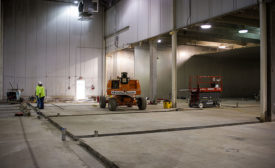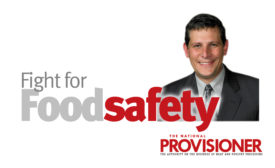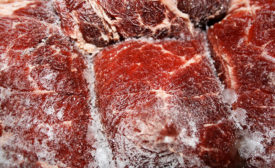Home » Keywords: » food safety strategies
Items Tagged with 'food safety strategies'
ARTICLES
Financial concerns of regulatory noncompliance represent a large concern for food manufacturers and importers.
Read More
2017 Food Safety Report
The Trump administration's impact on food safety
The Trump administration may not peel away regulation to the extent that it implied at times during the Presidential campaign.
Read More
Food Safety
Employee hygiene: Bring them back to basics
With employee hygiene a key variable in the creation and spread of contaminants, training programs that educate workers on best practices can reduce food safety threats.
Read More
Food Safety
Pre-harvest interventions, carcass washes give meat a clean start
Processors are preventing foodborne illnesses by keeping animals healthy and using the right combination of carcass washes.
Read More
2016 Food Safety Report
New safety regulations, consumer trends drive packaging
Food packaging manufacturers stay ahead of consumer trends and FSMA regulations with real-time labeling, QR codes and advanced robotics.
Read More
2016 Food Safety Report
Renovation realities: How food safety plays into plant construction/expansion plans
Without a sharp focus on the food-safety tasks required during expansion or remodeling of a processing plant, a company could be setting itself up for failure before operation even begins.
Read More
Stay ahead of the curve. Unlock a dose of cutting-edge insights.
Receive our premium content directly to your inbox.
SIGN-UP TODAYCopyright ©2024. All Rights Reserved BNP Media.
Design, CMS, Hosting & Web Development :: ePublishing












